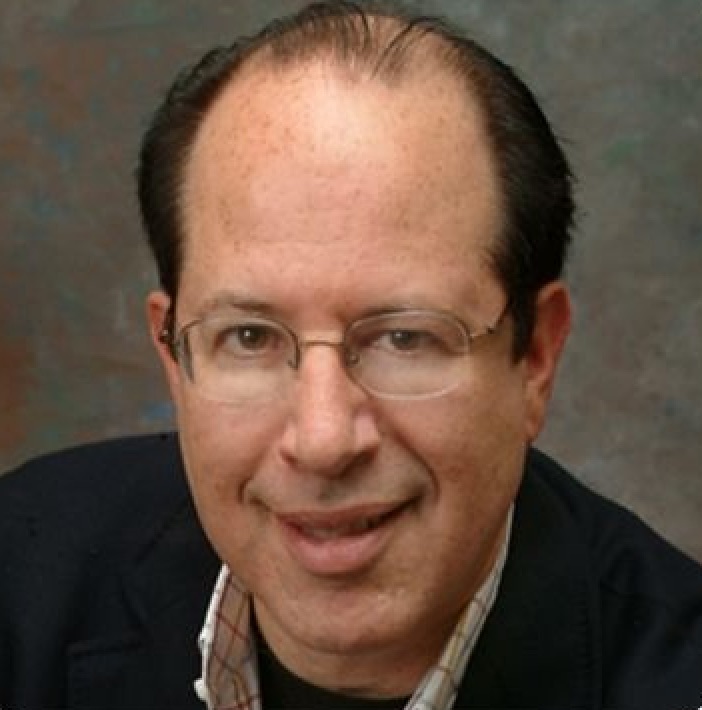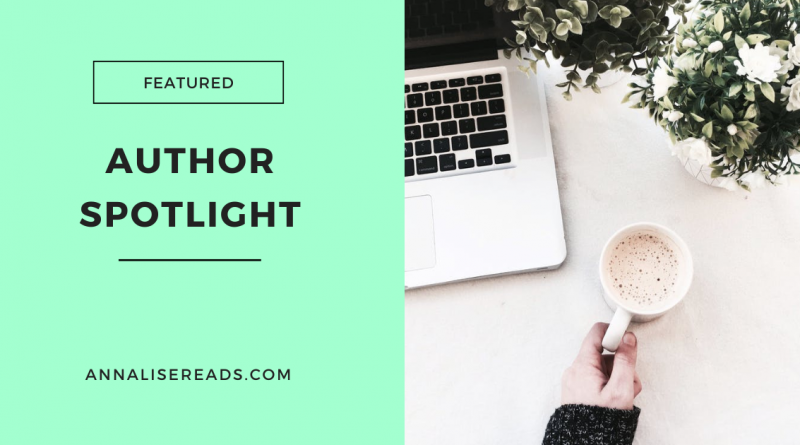David Garfinkel – Author Spotlight

I am so excited to introduce you to my Author Spotlight of the week this week. David Garfinkel is the bestselling author of The Persuasion Story Code and Breakthrough Copywriting. His work has been featured in The Wall Street Journal, Forbes, Entrepreneur, and more.
Over his 40-plus-year career as a coach, consultant and copywriter, David has helped companies ranging from IBM to small businesses increase revenues by tens of millions of dollars through effective messaging and copywriting.
What readers love about David’s books is how immediately actionable they are. As one reviewer put it, “His books provide immediately useful techniques with a dash of whimsy and wit.”
David brings the same pragmatic yet engaging approach to his popular Copywriters Podcast, where he provides tips every week to make copywriting easier and more effective.
When did you know you wanted to write a book/become an author?
I’ve been writing since I was a kid. I published my first story (“The 10 Billion-Dollar Duck,” in the Meadow Hall Elementary PTA Newsletter!) at age 8. I became editor of my high school newspaper, and worked on my college paper at The University of Michigan.
In my first 10 years out of school, I worked as a journalist. But it wasn’t until years after that when I published my first book, Advertising Headlines That Make You Rich. About 10 years later, I published Breakthrough Copywriting. And, most recently, The Persuasion Story Code.
As a writer, I never especially saw myself as a book author until very recently. The first two books sort of happened out of other things I was doing.
The Persuasion Story Code was my first deliberate attempt to write a book. I felt I had something to say that needed saying, and that no one else had said. I did work with a great book coach, Deb Law, who pushed me a lot, especially at the beginning.
I needed that, and I’m glad I had that coaching.
What do you love most about writing?
When it’s going well, it’s like I’ve been transported into another world. When I don’t get into that flow state, it’s not something I hate but it’s not nearly as enjoyable.
It’s amazing to me that I can sit here at home by my computer and come up with things that people all around the world will read and react to. And get some value out of.
I’ve heard from some professional hypnotists that writing—especially writing good, conversational sales copy—is a form of long-distance hypnosis. I like that idea!
What do you think readers will love about your books?
I think of myself as a good, solid writer, but not a great writer. To me, people like John Carlton (in my space), Michael Lewis and Lee Child are great writers.
I think my strengths as a writer are a sense of whimsy, great clarity, and unusually useful pragmatism. And I think what readers love about my books (and many have told me this, through comments and reviews) is the immediate usability of what’s in them.
Plus, they’re surprisingly fun to read, especially for business books.
A few people have told me my books have changed their lives. But many more have told me my books have made their work easier, changed their thinking, and expanded their sense of what’s possible in their own copywriting and storytelling.
What prompted you to write your latest book?
I’ve always been fascinated by storytelling and what makes some stories so compelling while others don’t work at all. This interest started when I was a kid, but grew over my more than 40 years as a marketing strategist and direct-response copywriter. I noticed that the most effective messaging often took the form of a story, especially in business.
But when I researched what everyone was talking about for telling stories in business, like the hero’s journey, I realized there was a problem. Most of the advice just wasn’t all that practical when it came to storytelling for influence and persuasion. Most experts and courses suggested using models used for fiction writing or organizational storytelling.
So I saw an opportunity to create a new model for crafting persuasion stories in business.
The story types themselves aren’t new. But most of them are virtually unknown, outside of a small group of people—maybe a few hundred in the world—who have quietly been using them for years, under the radar, to drive billions of dollars in sales across a wide variety of industries and businesses.
I’ve been writing those kinds of stories myself, and coaching others on doing so, for decades. I’ve helped people make millions of dollars with one sales letter. I had already seen what kinds of stories worked and what kind didn’t, verified by tracked sales and click-through results.
All of this led me to writing The Persuasion Story Code, which provides specific templates and examples to make storytelling easier for both professional writers and people without any training in writing at all. My goal is to give everyone the proven story forms that get results.
Who is The Persuasion Story Code for?
Really, it’s for anyone in business who needs to influence or persuade others—so leaders, managers, entrepreneurs, coaches, e-commerce store owners, and of course, advertising copywriters. The book gives them proven structures for, and examples of, 25 different kinds of stories that move people emotionally.
My goal with the book is to demystify a process often seen as magical, and make it available to anyone as a series of step-by-step templates.
Can you give me an example of a persuasion story, and the template used to create it?
Sure. Say a leader at a non-union supplier to automakers might be worried about losing workers after the big gains recently made by the new United Auto Workers contracts. That leader might gather employees together and say,
As you know, with the cost of living as it is this year, we were already planning to give everyone a very healthy pay increase. But I’d like you to know that working here is just as good as The Big Three companies we serve.
And that is why we are matching the raises the auto workers will be getting, once the new contracts are ratified. In fact, we are going to go 1% above what they’re getting.
Why? Because we know our products are always at least 1% better than anything you can compare them to!
So if you were looking around, I’ve been looking around, too. I don’t think any of our competitors in the auto parts business are competitive at all, or plan to be, when it comes to how they take care of their people, including on payday! So stay with us and enjoy your new, larger paychecks!”
Now, here are the steps I used to create this story—the same steps you can use to create an Unexpected Benefit Story of your own:
1. What’s the unexpected benefit?
2. How is it like the other benefits, but also, what makes it different?
3. What are the implications or spinoffs of this benefit? That is, by having this benefit, what else will the prospect be able to get, to do, or to be?
4. What does the prospect risk missing out on by not having this benefit?
Those four steps are right out of my book.
You might wonder whether what I just showed you (from the company leader) is actually a story.
And that’s a fair question to ask. I’ll answer it this way:
No, it doesn’t look like a traditional story. But yes, it works just like any other story.
It grabs attention. Once heard, it is remembered. And it is very likely to be repeated—say, at the dinner table that night of the worker who heard it during the day.
Are you currently working on any new books or writing projects?
Not right now. I’m thinking about a few ideas for my next book, but I made a decision yet.
I do write out detailed outlines every week (when we don’t have a guest) for my Copywriters Podcast. I don’t publish the outlines, though, and putting them together is not exactly a writing project. But I think the podcasts are better structured and have more useful content than if my co-host and I just winged it every week!
Where can people follow you online to learn more?
I’m easy to find on Twitter and LinkedIn, and I post a few times a week.
Also, we have a new episode every week on Copywriters Podcast. The audio version is available on many platforms (like Apple Podcasts, Spotify, Player.fm) or our home site, https://CopywritersPodcast.com.
And there’s a video version on youtube (https://www.youtube.com/channel/UCOie3DidMuIg8vlx8IB3ZOw).
Do you have a favorite book or author?
I like a lot of books and a lot of authors, but I think my favorite is Mastery by George Leonard. It’s a compact book with a world of wisdom in it. Leonard was a great writer, too.
